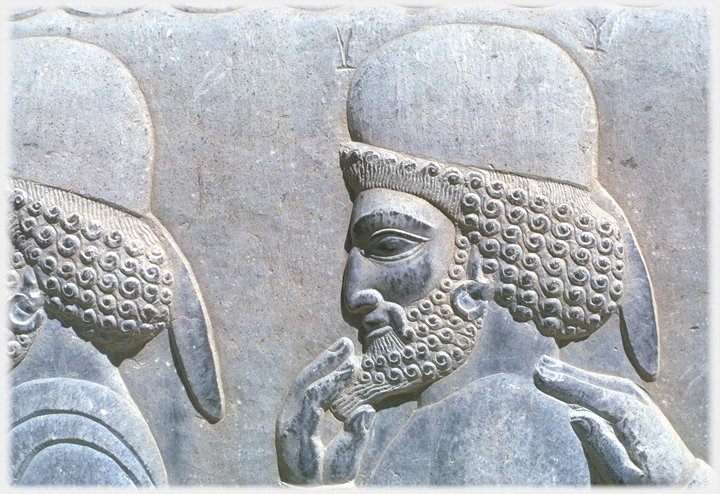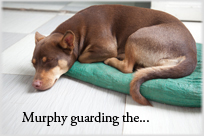
Etymology as Archaeology
The chief work of literary men in dealing with language, and of poets especially, lies in feeling back along the ancient lines of advance...The original metaphors stand as a kind of luminous background giving color and vitality...Shakespeare everywhere teems with examples.
Ernest Fenollosa (1906)

“Feeling back along the ancient lines of advance” is such an apt phrase, we blindly learn much from the past. Archaeologists like Michael Roof (working on the mason’s symbols - they can be seen on either side of the hat above) was feeling his way back 2,500 years to the Persian Empire. From those marks, aspects of society are conjectured. However, as archaeologists press further back, their guide lines fade and their fancies flourish. So too with etymology; current words are enriched and illuminated by the historical approach of the Oxford dictionary, but beyond such sure ground, our accounts may contain as much poetry as history. Heidegger wrestles and frets in this territory. He starts by wishing to revitalise
‘Being’
 A page expanding on Heidegger’s starting point about what it is to be.
through its Greek origins, and thereafter constantly seeks to wring from ancient lines either new aspects of words or to coin neologisms such as: existentiell, Existenz, ready-to-hand, or present-at-hand. Recent ancestries are impeccable; distant roots are lost in mist. So he struggles to
enlist
A page expanding on Heidegger’s starting point about what it is to be.
through its Greek origins, and thereafter constantly seeks to wring from ancient lines either new aspects of words or to coin neologisms such as: existentiell, Existenz, ready-to-hand, or present-at-hand. Recent ancestries are impeccable; distant roots are lost in mist. So he struggles to
enlist
 On the way language is only too happy to be enlisted where it may not belong.
the assistance of words in his pursuit of that which
cannot
On the way language is only too happy to be enlisted where it may not belong.
the assistance of words in his pursuit of that which
cannot
 At first a theologian, maybe saying the unsayable became a challenge for Heidegger.
be said.
At first a theologian, maybe saying the unsayable became a challenge for Heidegger.
be said.
The quotation comes from page 54 of The Chinese Written Character as a Medium for Poetry Edited by Huan Saussy, Jonathan Stalling and Lucas Klein, Fordham University Press, New York (2008). This is ‘A Critical Edition’ of the book which Ezra Pound published in 1918 presenting a lecture Ernest Fenollosa had given before his death in 1908.
The man thoughtfully stroking his beard is depicted among the extraordinarily humane carvings at Persepolis, the then capital of the Persian empire. Michael Roaf’s Sculptures and Sculptors at Persepolis was published by the British Institute of Persian Studies in 1983.
Above hovering on blue introduces a link: click to go, move away to stay.

Saturday 15th May 2021
 ...guide to this site
...guide to this site